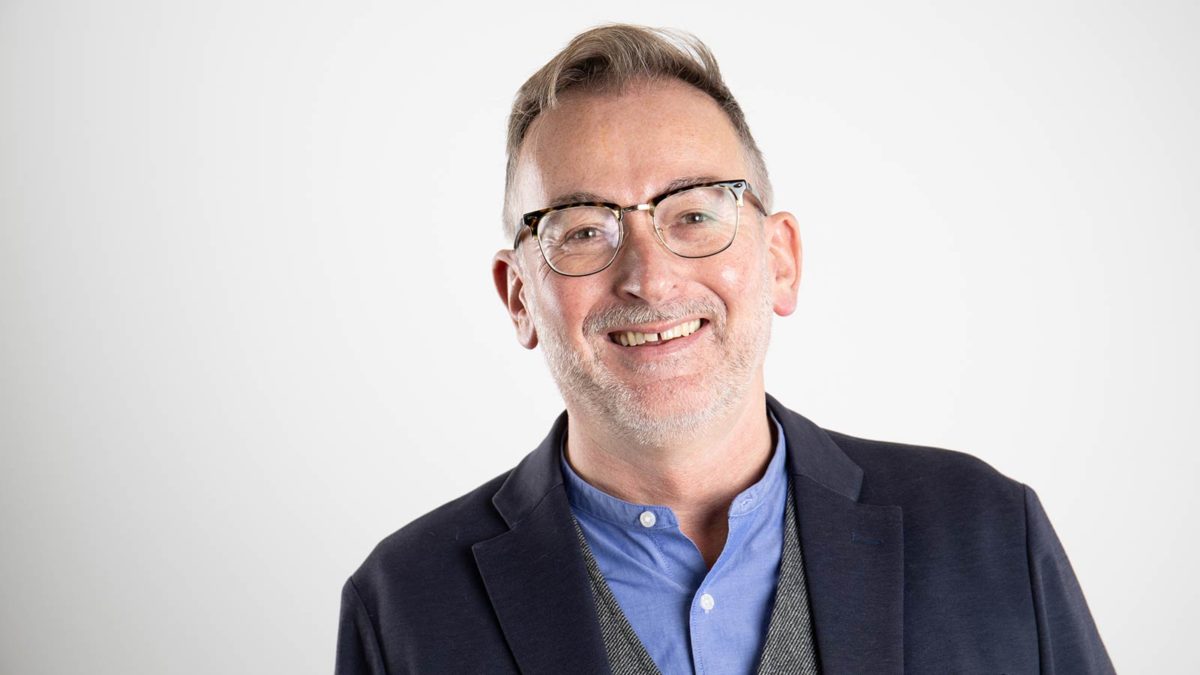
Trusting the Model
“A number of years ago, as the recently-appointed Commercial Director for the National Trust for Scotland, I attended a landmark tourism conference featuring speakers from some of the world’s most revered attractions and institutions. One speaker, Jo Pike, made a great impression on me.
Then Director of Visitor Services for the Museum of Modern Art (MoMA) in New York, Jo told how she had been tasked with finding a programme to change MoMA’s culture from an “educational temple” to a “user-friendly environment in which to fulfil its mission”. One of the great things Jo said – and was she ever right! – was “customer service is destined to become the self-help miracle of museums over the next decade”.
The other comment she made – and I paraphrase – was “we scoured the world to find a customer service programme that wasn’t Disney. Then we realised that Disney are the best.” She then set out how the Disney Service Model was adapted to the particular needs of MoMA, and gradually the culture, and the visitor experience, were transformed.
Some years later, having studied the model for myself at the Disney Institute, I found myself in a similar situation to Jo Pike. The National Trust for Scotland needed to change. It was facing mounting costs of conservation, and ever-increasing competition which were eroding its supporter base and financial sustainability. We needed to create, in Jo’s words, a “strong service culture that beginsand ends with the visitor’s needs.” Adapting the model to a disparate organisation with over 120 sites, the length and breadth of Scotland, thousands of staff and volunteers, and no service culture, we used the three key initiatives that had been successfully implemented at MoMA:
- Market Research – what do we need to know about our visitors and their expectations; what information do they need from us; what information do our People need to give, and receive?
- Process and Setting – how do we create and maintain a service culture and deliver consistently outstanding experiences?
- Service Culture – how do we set, support, and monitor standards and goals for our People to meet visitors’ expectations?
These initiatives were driven forward, in part – crucially – through obtaining early buy-in and rock-solid support from our CEO. Next, a project team was created; membership required a commitment to drive the programme forward no matter what the challenges we faced! The following activities were key in achieving the above objectives:
- Reviewing our visitor surveys, improving our ability to capture visitor feedback (including incentivising the sites to pass critical feedback on, rather than burying it). In part, this was done by creating Visitor Experience Champions at regional level, and who were part of the regional and site teams, and therefore knew what was really happening! The organisation’s website, magazine and customer comment cards were transformed, and a central contact centre set up, so that even the remotest sites were always communicable.
- Physically visiting every major site to understand the Visitor Journey and the competition, in order to be able to improve signage (massively important!), facilities, and also to be seen to be leading the initiative from the front, and listening to suggestions and concerns in person.
- Developing an in-house training programme to drive through the culture change. To address the concerns of those staff and volunteers who objected to the ‘Disneyfication’ of the Trust, the programme was called ‘Conservation Through Customer Care’ and emphasised how, the better our service, the more likely our visitors would support our conservation Mission. Equally, to ensure that regional and site managers would support the programme, it was designed specifically to improve performance against budgets and Key Performance Indicators (KPIs), such as upselling memberships and guidebooks.
The programme was ambitious, and implementing it was at times very challenging. What kept us (all) going however, was our PURPOSE – we were PASSIONATE about the sites in our care, their future sustainability, and we wanted everyone who visited them to appreciate and enjoy them to the full.
Over time, the quality of the visitor experience became consistently on a par with, and often better than, the competition. We even started winning awards for customer service! Membership conversion rates increased as did commercial revenues. Staff and volunteers were more engaged and had better conversations with visitors and members. The organisation had turned a very important corner on the long and winding road to financial sustainability.
More in Hospitality
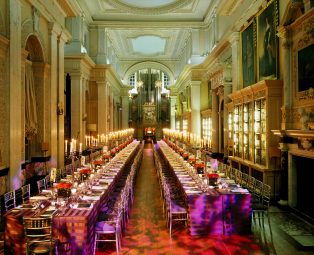
Elevated private hire and corporate events with Blenheim Palace featuring all-new...
All-new experiences to elevate events including a Rooftop View with private tours
New preferable corporate rates
Proceeds from private hire and corporate events go directly towards preserving Britain’s Greatest Palace for future generations
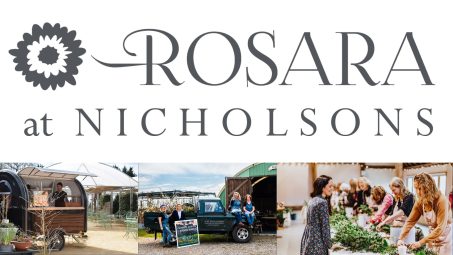
Rosara at Nicholsons
Over the past few months, the Nicholsons Green Team has been working hard to make some changes to our North Aston site.

B4 Reviews – with Ruth Hawkins
Richard has recently asked me to find and lead a small team of reviewers from the B4 community, so over the next few weeks I will be looking to build that team and also looking for venues, events and activities from within the B4 network and beyond to write some reviews!
From this author
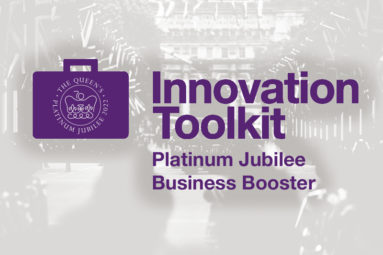
Stephen Spencer + Associates launches new workshop helping businesses to get...
Customer experience experts Stephen Spencer + Associates (SS+A) have created a new workshop to help businesses rapidly develop and launch innovative ways of using The Queen’s Platinum Jubilee to excite their customers and attract new ones.
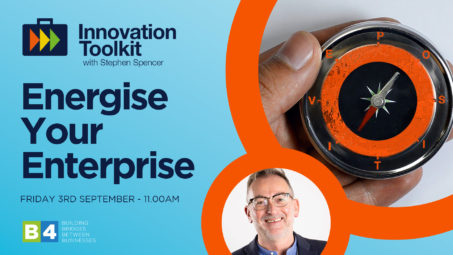
Energise Your Enterprise | The Innovation Toolkit
In this episode of The Innovation Toolkit, a series exploring tools to help businesses face the challenges of a post-COVID world, Stephen Spencer is joined by Bala McAlinn as they discuss the seventh and final part of the POSITIVE Compass tool: E for Energy.
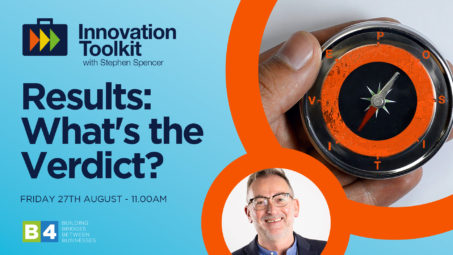
Results: What’s the Verdict? | The Innovation Toolkit
In this episode of The Innovation Toolkit, a series exploring tools to help businesses face the challenges of a post-COVID world, Stephen Spencer is joined by John Barford as they discuss the sixth part of the POSITIVE Compass tool: V for Verdict.

